A Literature Review on Radio and Media: Exploring Cultural Practices, Listenership, and the Evolution of Sound Technologies
This literature review examines the multifaceted relationship between radio and media, drawing upon a range of scholarly works to explore the impact of sound technologies on cultural practices, audience engagement, and the evolving landscape of radio broadcasting. The review will analyze the interplay between technological advancements and cultural shifts in music consumption and production, focusing on the role of nostalgia, collective memory, and the evolving definitions of active and passive participation in music culture.
The Impact of Sound Technologies on Cultural Practices
The digitalization of music has profoundly reshaped cultural practices related to music listening and production in Western Europe since World War II This transformation is not merely a technological shift, but a complex interplay between technological innovation and the appropriation of those technologies within existing cultural frameworks. Scholars have utilized the “analogies-of-cultural-practices” approach to understand how new technologies are integrated into established habits This approach highlights how the reel-to-reel recorder, for example, served as a bridge between older forms of music production and the digital era Furthermore, the study of the Dutch Top 2000 radio project demonstrates how a seemingly simple radio program can become a complex cultural event, intertwined with storytelling, collective memory, and multi-modal media participation , (Tresonie, n.d.). The integration of storytelling into the Top 2000, for instance, demonstrates how listeners actively engage with the program beyond simply listening The project highlights that the boundaries between active and passive participation are fluid and influenced by technological advancements The rise of music mixing and remixing, exemplified by mixtaping and online communities like ccMixter, further illustrates the evolving roles of participants in shaping music culture These practices demonstrate a shift from passive consumption to active creation and participation, enabled by technological advancements.
The study of these evolving cultural practices is not limited to academic research. The authors of one study mention contributing to articles in various newspapers and radio shows, demonstrating the practical relevance of their research for media outlets Moreover, their work has even extended to consulting on product development, suggesting a broader impact beyond theoretical analysis This highlights the practical implications of understanding the complex relationship between technology and cultural practices within the radio and media landscape. The integration of theoretical frameworks with practical applications underscores the importance of interdisciplinary approaches to studying radio and media.
The evolution of listening habits also reveals the changing relationship between listeners and radio. Philomeen Lelieveldt’s research on Dutch public radio stations highlights the shift towards secondary listening (listening while engaged in other activities) and the challenges faced by classical and contemporary art music programs , The increasing prevalence of secondary listening, coupled with budget cuts for classical music programs, necessitates a deeper understanding of the various functions of radio and the complexities of listening , Lelieveldt’s work suggests that policymakers need to move beyond simplistic distinctions between primary, secondary, and non-listening to develop effective policies for supporting diverse programming , This underscores the need for nuanced analyses of audience behavior and the evolving roles of public broadcasting in the digital age.
The Top 2000: A Case Study in Collective Memory and Nostalgia
The Dutch Top 2000 exemplifies the intersection of radio broadcasting, nostalgia, and cultural memory (Tresonie, n.d.), (Tresonie, n.d.). This annual countdown of the most popular songs, as voted by listeners, has become a significant cultural event, transcending its initial format as a simple radio broadcast (Tresonie, n.d.). The Top 2000 leverages nostalgia to create a shared experience, evoking memories and emotions linked to past musical experiences (Tresonie, n.d.), (Tresonie, n.d.). The event fosters a sense of community, albeit an imagined one, uniting listeners through shared musical preferences (Tresonie, n.d.). The Top 2000 functions as a medium for collective memory, shaping listeners’ identities and shared experiences (Tresonie, n.d.), (Tresonie, n.d.). This collective memory is further reinforced by the involvement of institutions like the Beeld en Geluid Archive, which stores broadcasts and houses the annual Top 2000 Caf, solidifying the event’s status as a cultural memorial (Tresonie, n.d.).
The Top 2000’s success is not solely attributable to nostalgia, but also to its multi-modal approach, incorporating social media, live events, and television broadcasts (Tresonie, n.d.), (Tresonie, n.d.). This cross-media strategy expands the event’s reach and engagement, creating a more immersive and participatory experience for listeners (Tresonie, n.d.). The event’s ability to adapt to changing media landscapes demonstrates its resilience and enduring appeal. The paper by Madelief Tresonie provides a detailed analysis of the Top 2000, examining its role in shaping collective memory and identity, highlighting the dynamic relationship between media and cultural practices (Tresonie, n.d.), (Tresonie, n.d.), (Tresonie, n.d.), (Tresonie, n.d.). Tresonie’s research also explores the concept of a “continuing scene,” where the radio DJs and television presenters maintain continuity, while the voters represent a more fluid group, contributing to the event’s unique character year after year (Tresonie, n.d.). This highlights the dynamic nature of community building within the context of media events.
The Top 2000’s longevity is also linked to its role as a “canon” of popular music (Tresonie, n.d.). This implies a continuous process of negotiation and debate about what should be remembered and celebrated (Tresonie, n.d.). The annual event becomes a space for re-evaluating musical heritage, reflecting changing tastes and social values. The Top 2000’s ability to adapt to changing trends, while still retaining its core elements, is crucial to its continued success (Tresonie, n.d.), (Tresonie, n.d.). The incorporation of new songs and artists, while simultaneously celebrating classic hits, allows the Top 2000 to remain relevant across generations.
Furthermore, the Top 2000’s success is influenced by the interplay between individual and collective memory. While individual listeners have personal associations with songs, the collective act of voting and listening creates a shared cultural experience (Tresonie, n.d.), (Tresonie, n.d.). This shared experience is further reinforced by the media’s role in broadcasting and archiving the event, creating a lasting record of the nation’s musical preferences. The Top 2000 thus provides a unique window into the construction of collective memory, illustrating how media can shape and reflect cultural values. The research on the Top 2000 shows how a seemingly simple radio program can have a profound impact on the cultural landscape, demonstrating the power of radio to shape collective memory and identity.
The Role of Age and Nostalgia in Music Popularity
Elmer Sterken’s analysis of the Dutch Radio2 Top2000 chart from 1999 to 2013 reveals the complex interplay between age, nostalgia, and collective memory in shaping music popularity (Elmer.Sterken, n.d.), (Elmer.Sterken, n.d.), (Elmer.Sterken, n.d.), (Elmer.Sterken, n.d.), (Elmer.Sterken, n.d.). Sterken’s research demonstrates that older songs can experience a resurgence in popularity due to nostalgic feelings, countering the effects of potential collective memory loss (Elmer.Sterken, n.d.), (Elmer.Sterken, n.d.). The study highlights the importance of factors such as the superstar status of the performing artist, the length of the song, and the initial ranking (debut rank) in determining a song’s longevity (Elmer.Sterken, n.d.), (Elmer.Sterken, n.d.), (Elmer.Sterken, n.d.). These findings suggest that the popularity of a song is not solely determined by its age, but by a complex interplay of factors that include both objective and subjective elements. This includes the cultural context of the song’s creation and the listeners’ emotional connections to the music.
The concept of nostalgia plays a crucial role in understanding the enduring appeal of older songs (Elmer.Sterken, n.d.), (Elmer.Sterken, n.d.). Nostalgia, often associated with positive feelings, can be powerfully triggered by music, leading to increased appreciation and popularity for songs that evoke memories of a particular time period or life event (Elmer.Sterken, n.d.), (Elmer.Sterken, n.d.). Sterken’s research suggests that nostalgia can act as a counterweight to the potential decline in popularity associated with the aging of a song. This implies that the relationship between age and popularity is not linear, but rather influenced by other emotional and cultural factors.
The superstar status of the performing artist is another significant predictor of a song’s lifespan in the chart (Elmer.Sterken, n.d.), (Elmer.Sterken, n.d.). This suggests that the fame and cultural impact of the artist can contribute to the sustained popularity of their songs over time. The initial ranking (debut rank) also plays a crucial role in determining a song’s trajectory in the chart (Elmer.Sterken, n.d.). This highlights the importance of early exposure and initial reception in shaping a song’s long-term popularity. The findings of Sterken’s study provide a valuable framework for understanding the dynamic relationship between age, nostalgia, and collective memory in shaping musical preferences.
Radio Listenership and Market Dynamics in the Netherlands
Recent data from the NMO Luisteronderzoek provides valuable insights into the current state of the Dutch radio market Radio 10 emerged as the leading radio station in the Netherlands, with a market share of 14.8% NPO Radio 2 and Qmusic followed as the second and third most popular stations The increased airing of Christmas music, particularly by Radio 10 and Sky Radio, had a noticeable impact on listenership, demonstrating the influence of seasonal programming on listener demographics and preferences The use of the MediaCell+ app for measuring listening behavior marks a significant improvement in data accuracy compared to previous methods This improved methodology offers a more precise understanding of actual listening habits, providing valuable data for market analysis.
The NMO Luisteronderzoek’s comprehensive approach, involving over 80 radio stations, offers a broad perspective on the radio market landscape This data is crucial for understanding market trends, identifying key players, and analyzing the competitive dynamics within the Dutch radio industry. The data highlights the dynamic nature of the radio market, with shifts in market share reflecting the changing preferences of listeners and the strategic decisions of broadcasting companies. The data further illustrates the importance of accurate and timely measurement of radio listenership in understanding audience behavior and market trends
The Top 2000 event significantly impacted listenership numbers, showcasing its cultural importance NPO Radio 2 achieved a historic listening share of 48.1% in the 25-67 age demographic during the Top 2000 broadcasts, attracting over 7.1 million listeners , The event’s success extended to television broadcasts, with nearly 8 million viewers tuning in This highlights the event’s capacity to engage a large and diverse audience across multiple media platforms. The Top 2000’s influence on listenership extends beyond NPO Radio 2, with other stations experiencing shifts in market share during this period , This underscores the competitive nature of the radio landscape and the influence of high-profile events on audience behavior.
The success of the Top 2000 also highlights the cultural significance of the event and the strong listener loyalty it commands NPO Radio 2’s record market share during the Top 2000 broadcasts is a testament to the program’s enduring popularity and its ability to connect with a broad audience , The event’s success in attracting a large listenership underscores its role as a cultural touchstone and its ability to foster a sense of shared experience among listeners , The increase in NPO Radio 2’s listenership came at the expense of other radio stations, highlighting the competitive dynamics of the radio media landscape ,
The 3FM Serious Request also demonstrated significant listener engagement, doubling its listening share This highlights the impact of these major radio events on audience behavior and the competitive dynamics within the radio landscape. The collective listening share of public radio stations reached 34.9% in 2023, indicating a strong overall performance for NPO channels This suggests that while special events like the Top 2000 can significantly boost listenership, public radio stations maintain a substantial audience base throughout the year. NPO Radio 2’s consistent position as the most listened to station for six consecutive years underscores its enduring popularity and strong brand recognition
The weekly data from the NMO indicates that the Top 2000’s impact on radio listenership is substantial The data provides a clear picture of how the event influences market share across various radio stations. The publication of this weekly data highlights the importance of timely information in understanding radio audience trends and market dynamics The data further demonstrates the evolving nature of radio consumption, highlighting the importance of both traditional broadcasting and digital platforms.
Radio Streaming and the Digital Media Landscape
Data on radio streaming reveals the increasing importance of digital platforms in radio consumption This data provides insights into listener engagement metrics, including total plays and average play duration, across various radio stations The data highlights the performance of different media companies in the radio streaming sector, showcasing the competition among entities like NPO Radio, Talpa Radio, and DPG Media This data is crucial for understanding trends in radio consumption, particularly in the context of streaming media. The shift from traditional radio to streaming platforms emphasizes the importance of digital media in modern radio broadcasting. The data illustrates the evolving landscape of radio consumption, with streaming becoming an increasingly important element of audience engagement.
The data allows for a comparison of the performance of different radio stations and media companies within the streaming market It reveals the competitive dynamics of the digital radio landscape and illustrates the strategies employed by different companies to attract and retain listeners on streaming platforms. The combination of traditional radio listenership data and streaming data provides a comprehensive picture of audience engagement across different media platforms. This information is valuable for understanding the evolving relationship between radio and its audience in the digital age. The data also provides valuable insights into the effectiveness of different programming strategies in attracting and retaining listeners on streaming platforms.
The NPO Radio 2 Top 2000: A Cultural Touchstone
The NPO Radio 2 Top 2000 has evolved from a one-time event to a beloved Dutch tradition Its continued popularity reflects the nation’s musical tastes and collective memory across generations , Significant listener growth, reaching a national market share of 17.7% in 2019 to a whopping market share of 41,1 in 2023, underscores its cultural importance The program attracts a diverse listener demographic, appealing to various age groups and exhibiting increasing female participation in voting , The list’s inclusion of both international and Dutch artists, spanning various genres and decades, reflects the evolving trends in music preferences ,
The Top 2000’s consistent inclusion of classic rock songs alongside newer hits suggests that it appeals to a wide range of ages and musical tastes The increasing representation of female voters demonstrates a shift in participation, reflecting broader societal changes The inclusion of both international and Dutch artists underscores the Top 2000’s role in representing a broad spectrum of musical tastes within the Netherlands , The consistent presence of certain artists while incorporating new entries each year highlights the Top 2000’s ability to both celebrate established classics and showcase emerging talent , The Top 2000’s adaptability to current events and public sentiment further underscores its cultural relevance
The Top 2000 serves as a powerful reflection of Dutch cultural identity, showcasing the nation’s musical heritage and evolving preferences Its ability to engage listeners across generations highlights the enduring power of radio to connect people through shared musical experiences. The program’s continued success demonstrates the importance of radio as a cultural institution, shaping collective memory and reflecting the nation’s changing musical tastes.
Gender Representation and Social Media Influence in the Top 2000
An analysis of the Top 2000 reveals a notable gender disparity in the representation of artists A significant majority of songs are performed by male artists, highlighting a gender imbalance within the music industry itself This imbalance reflects broader issues of gender inequality in the music industry, and the Top 2000, while a reflection of listener preferences, inadvertently perpetuates this imbalance. The data provides insights into the gender dynamics of music consumption and the need to address gender representation within the music industry. This lack of gender balance warrants further investigation and potential strategies to promote more equitable representation in future editions.
Social media trends, such as those on TikTok, have also been observed to influence the popularity of songs within the Top 2000 , The rise in popularity of certain songs can be attributed to their presence on these platforms, illustrating the impact of social media on music consumption and radio rankings. This highlights the interconnectedness of social media, music trends, and radio popularity. The influence of social media underscores the evolving dynamics of music discovery and consumption, and the need for further research to understand the interplay between social media trends and radio listenership. The data suggests that social media platforms are becoming increasingly important drivers of music popularity, and their influence on radio rankings should be further investigated.
The Top 2000’s evolution showcases shifts towards more recent hits, but also highlights the enduring popularity of classic songs This reflects a complex interplay between generational preferences and the enduring appeal of certain songs that transcend time. The data reveals trends in music popularity over decades, showcasing both the staying power of classic hits and the emergence of newer artists and songs. The analysis of the Top 2000 provides valuable insights into the evolution of music preferences, highlighting the interplay between nostalgia, current trends, and the enduring power of classic songs.
This literature review has demonstrated the complex and multifaceted relationship between radio and media, drawing upon a range of scholarly works and data. The interplay between technological advancements, cultural practices, audience engagement, and market dynamics underscores the dynamic and evolving nature of the radio and media landscape. Further research is needed to investigate the continuing evolution of listening habits, the impact of new technologies, and the role of radio in shaping cultural identity.
1. ). 139464_343922.pdf
2. Tresonie, M. ). Top_2000_2020.pdf
3. Elmer.Sterken, ). Cesifo working paper no. 4632
4. ). Nmo_luisteronderzoek_week_50-2024_radio_10_is_marktleider__radiowereld.pdf
5. ). Top_2000_zorgt_voor_ongekend_luisterrecord_npo_radio_2__totaal_tv.pdf
6. ). Een_oorverdovend_succes_top_2000_scoort_historisch_marktaandeel_-_ster_reclame.pdf
7. ). Npo_radio_2_maakte_ongekende_vlucht_dankzij_top_2000.pdf
8. ). 1._luistercijfers_weekdata_-_nmo_data.pdf
9. ). 2._streaming_maanddata_-_nmo_data.pdf
10. ). The npo radio 2 top 2000 has become a beloved dutch tradition since
11. ). Het_aftellen_is_begonnen_dit_zijn_de_cijfers_achter_de_top_2000.pdf
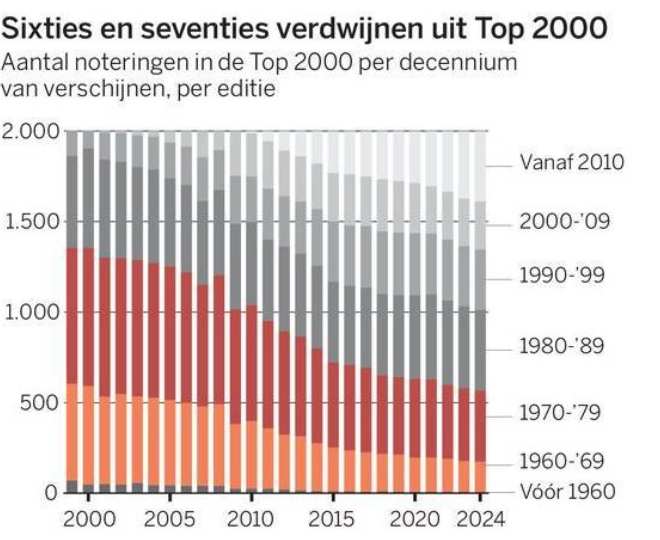
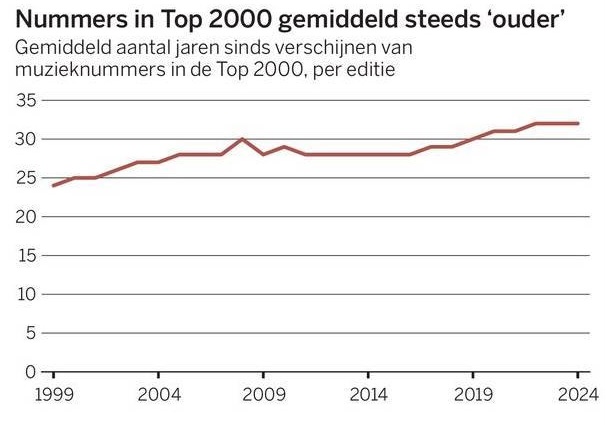
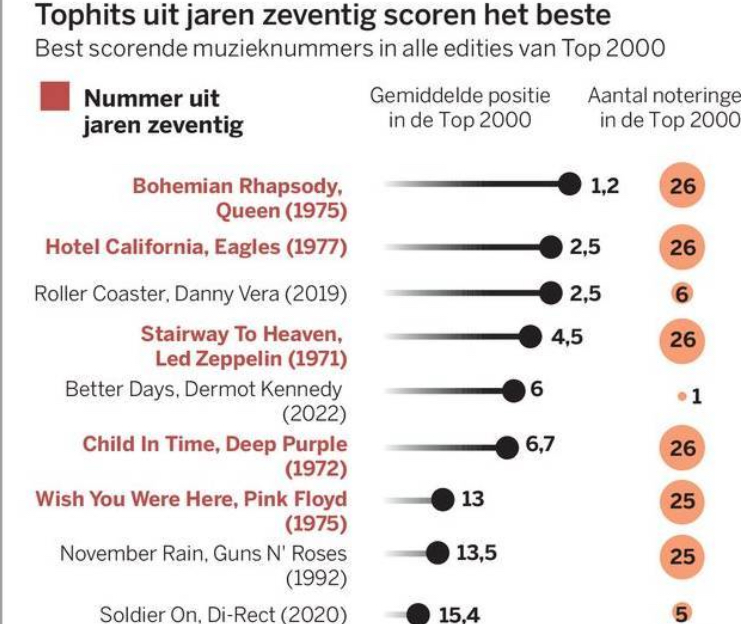

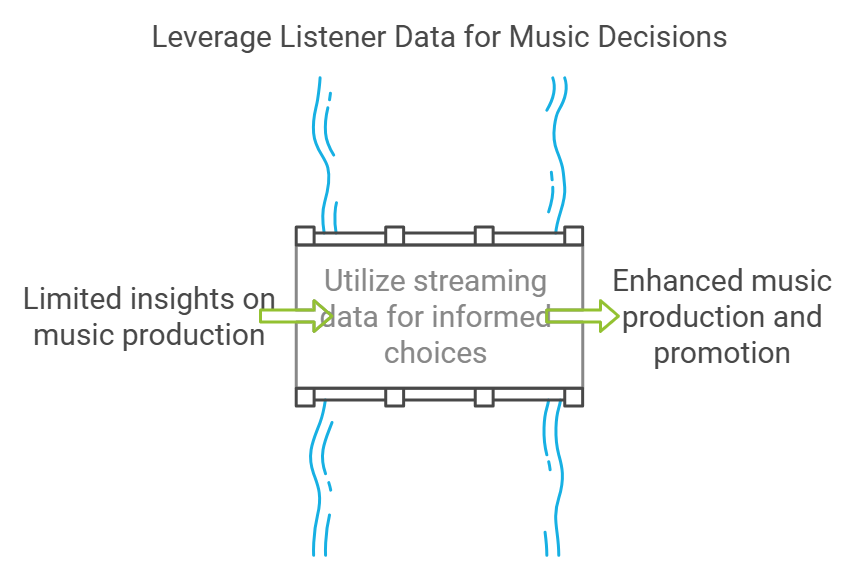
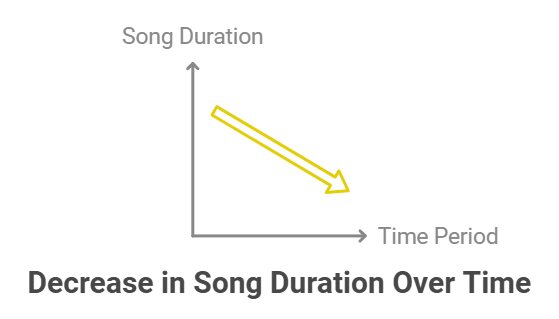
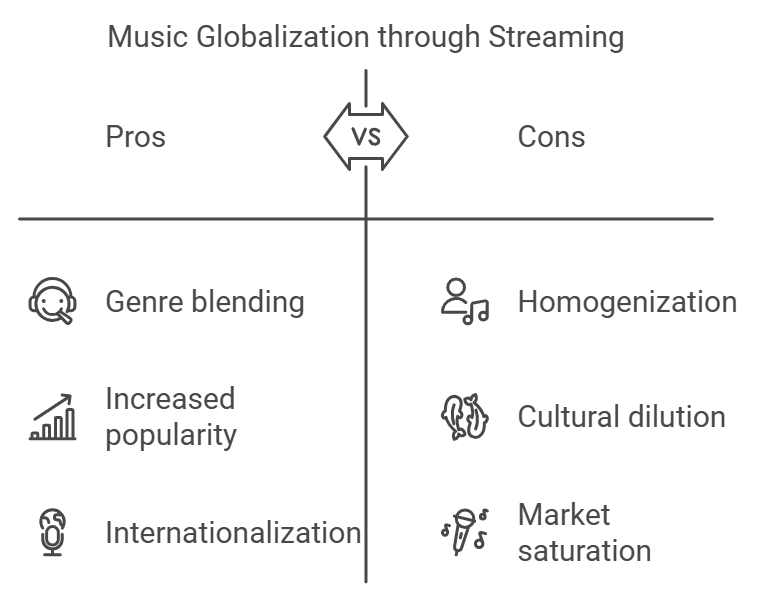
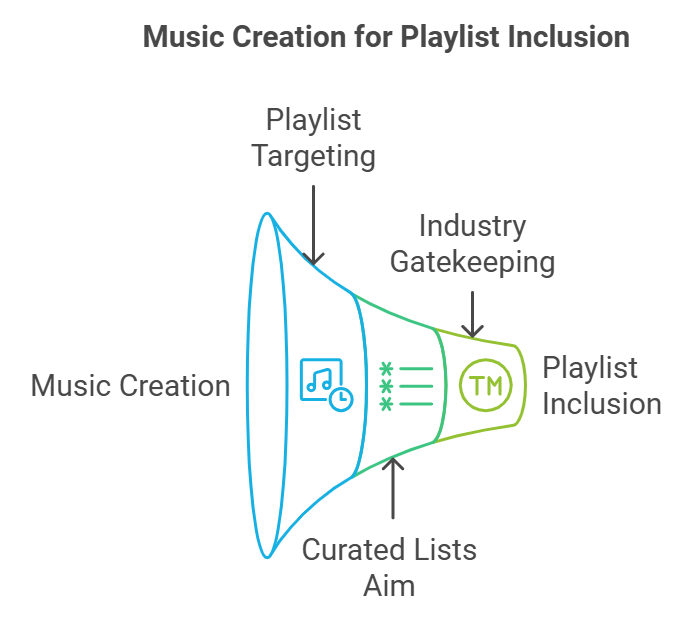
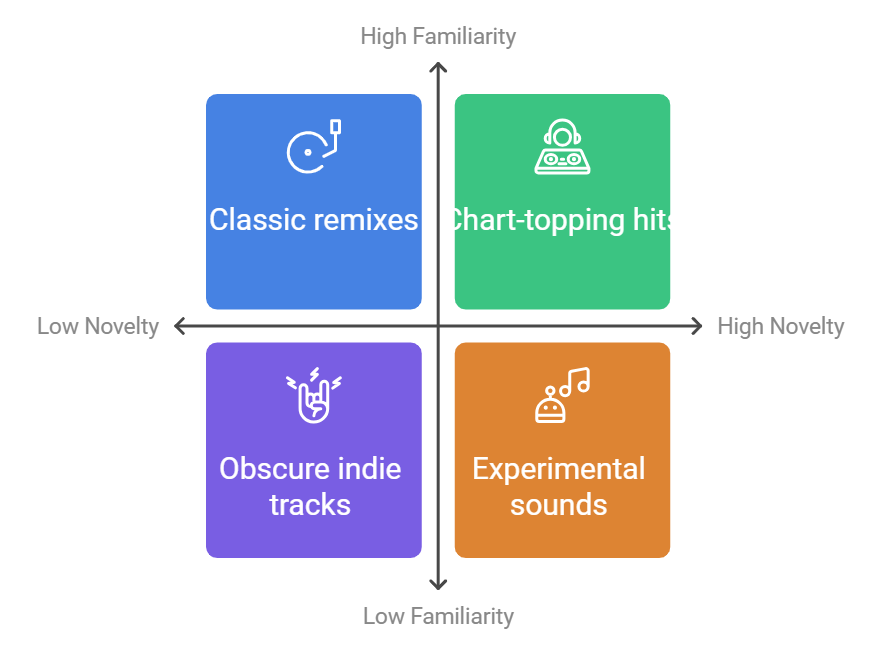
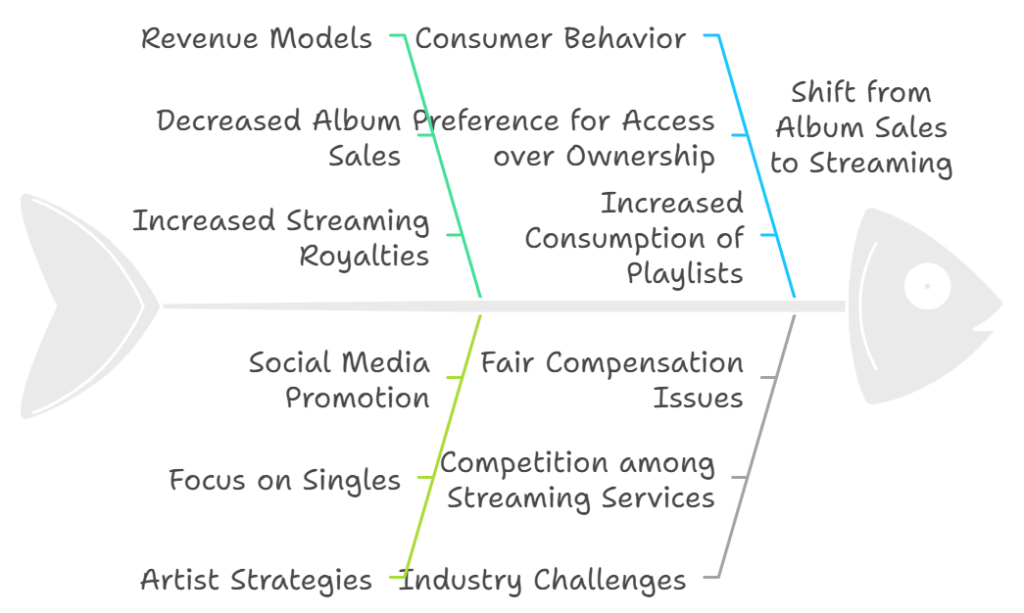
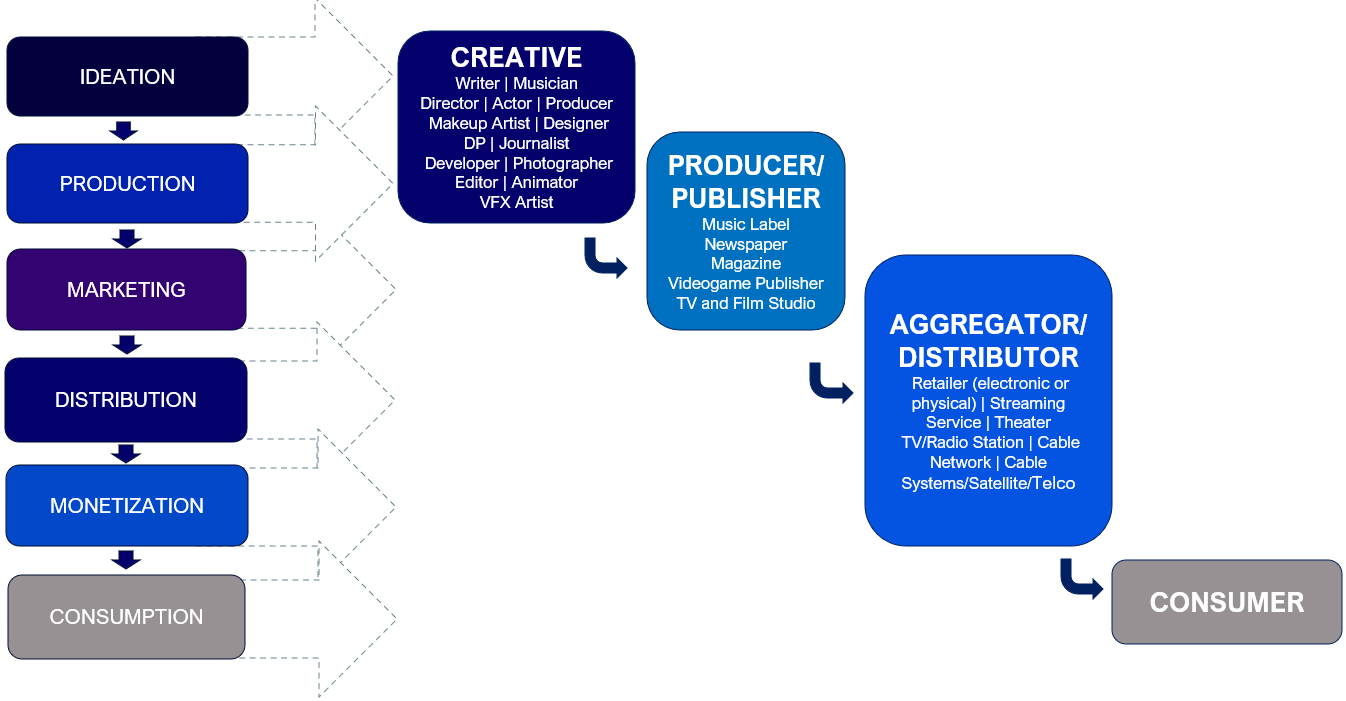
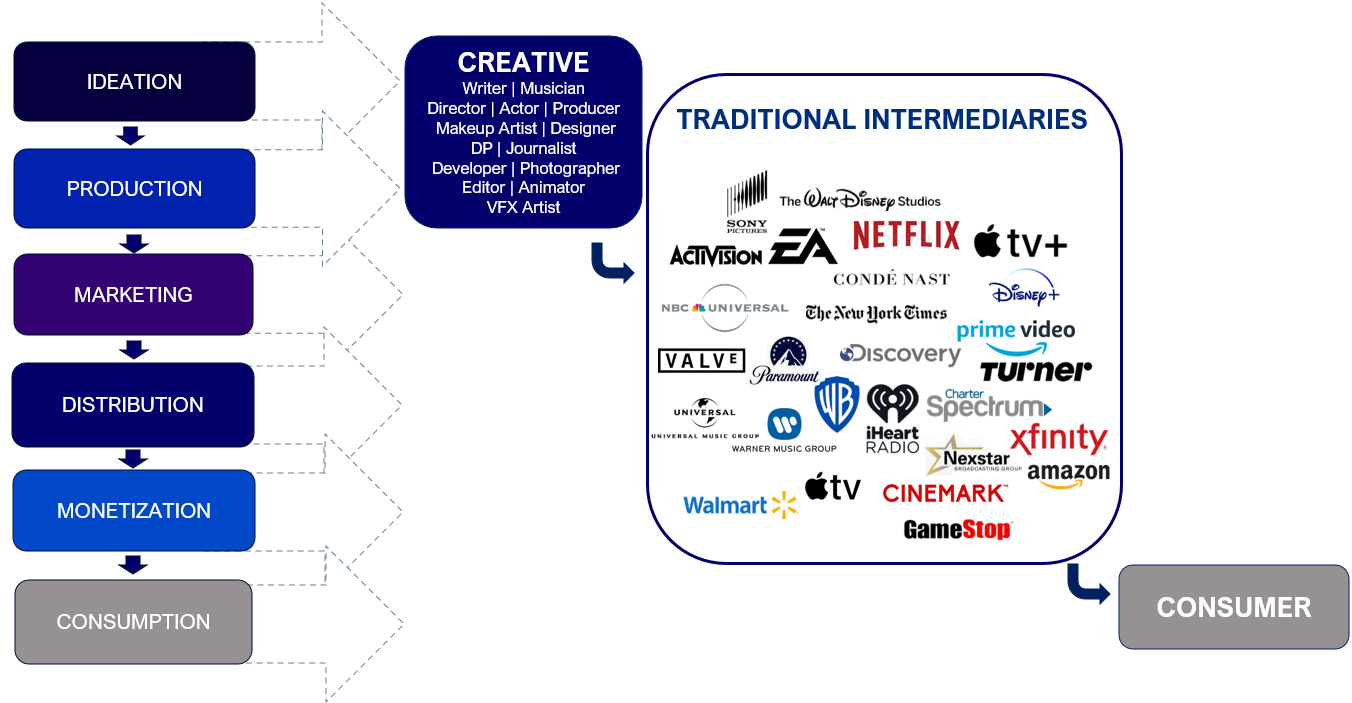
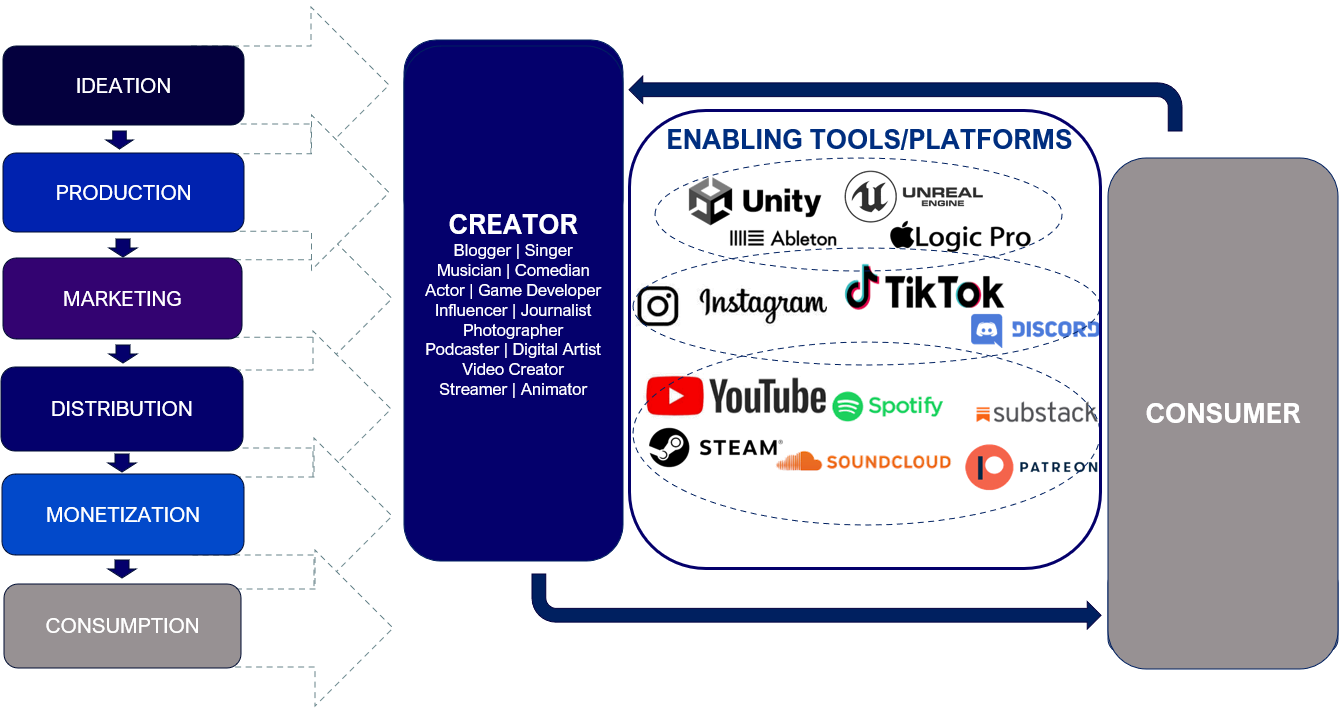
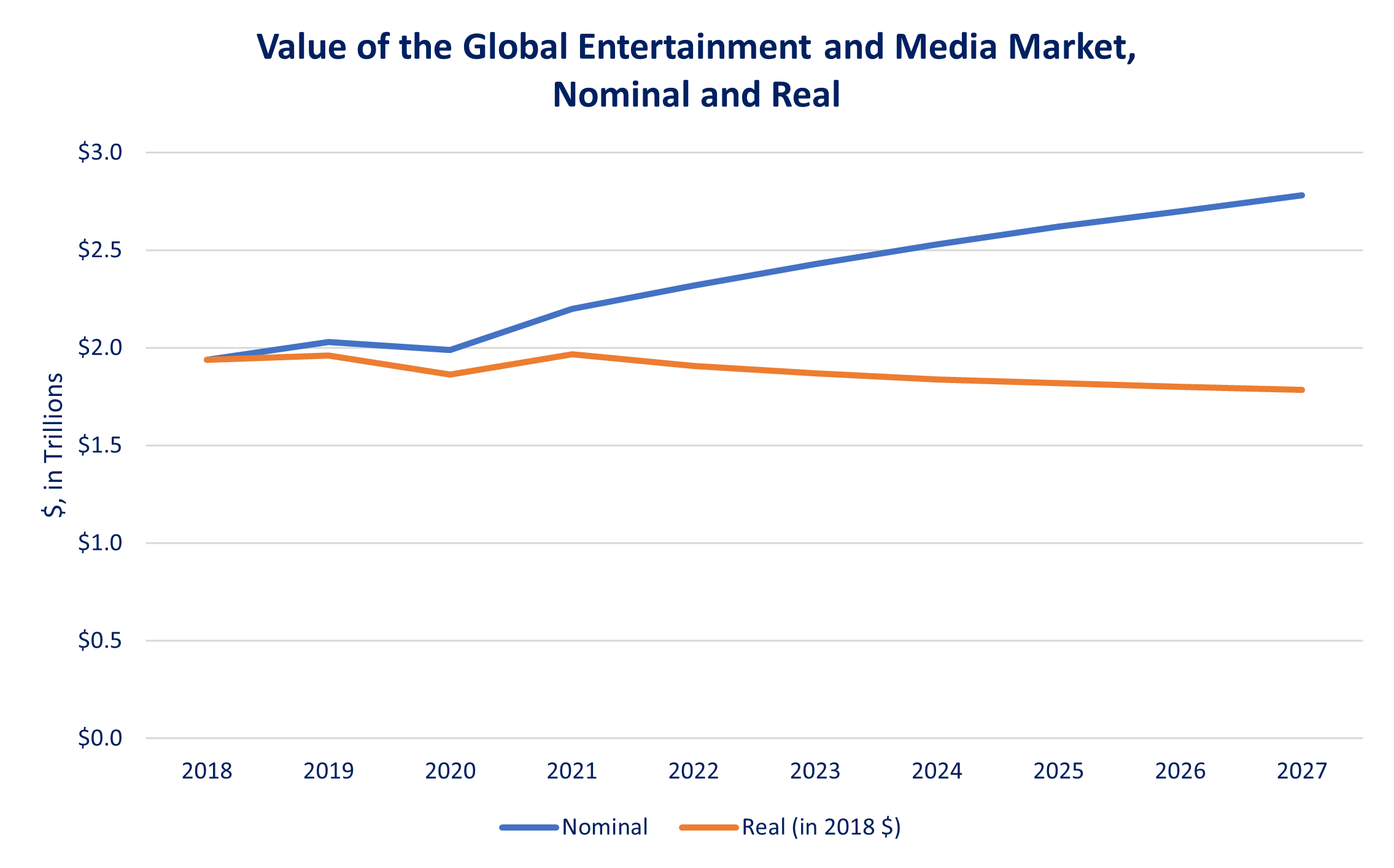
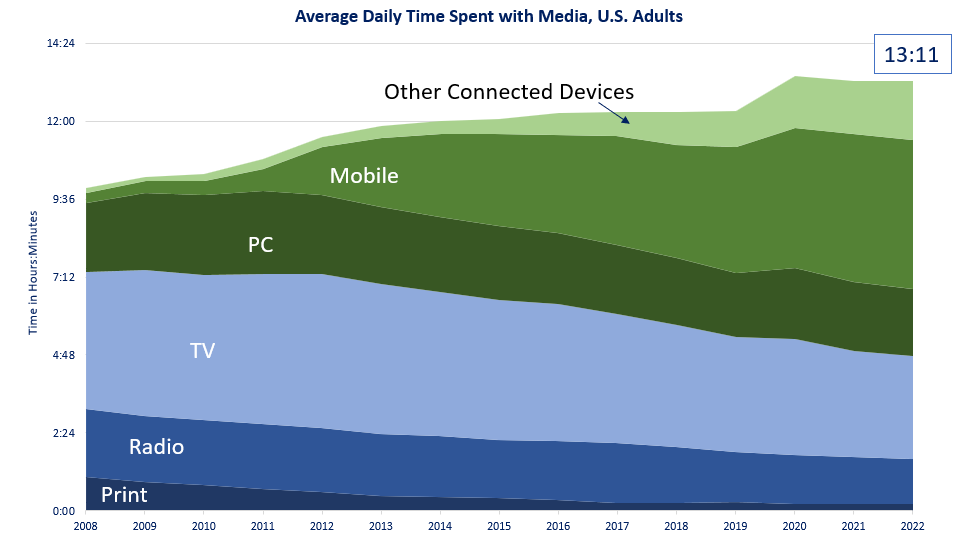
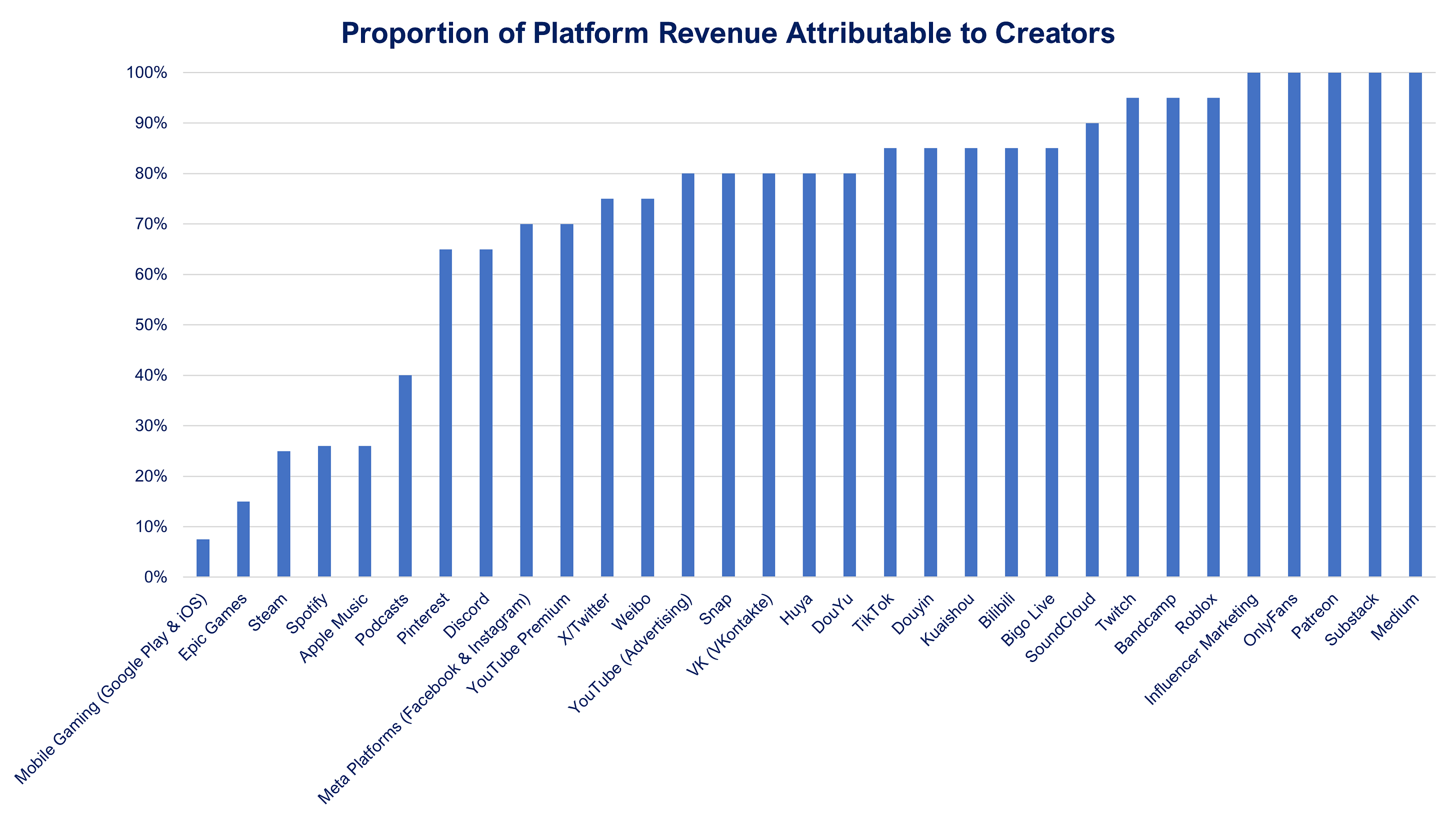
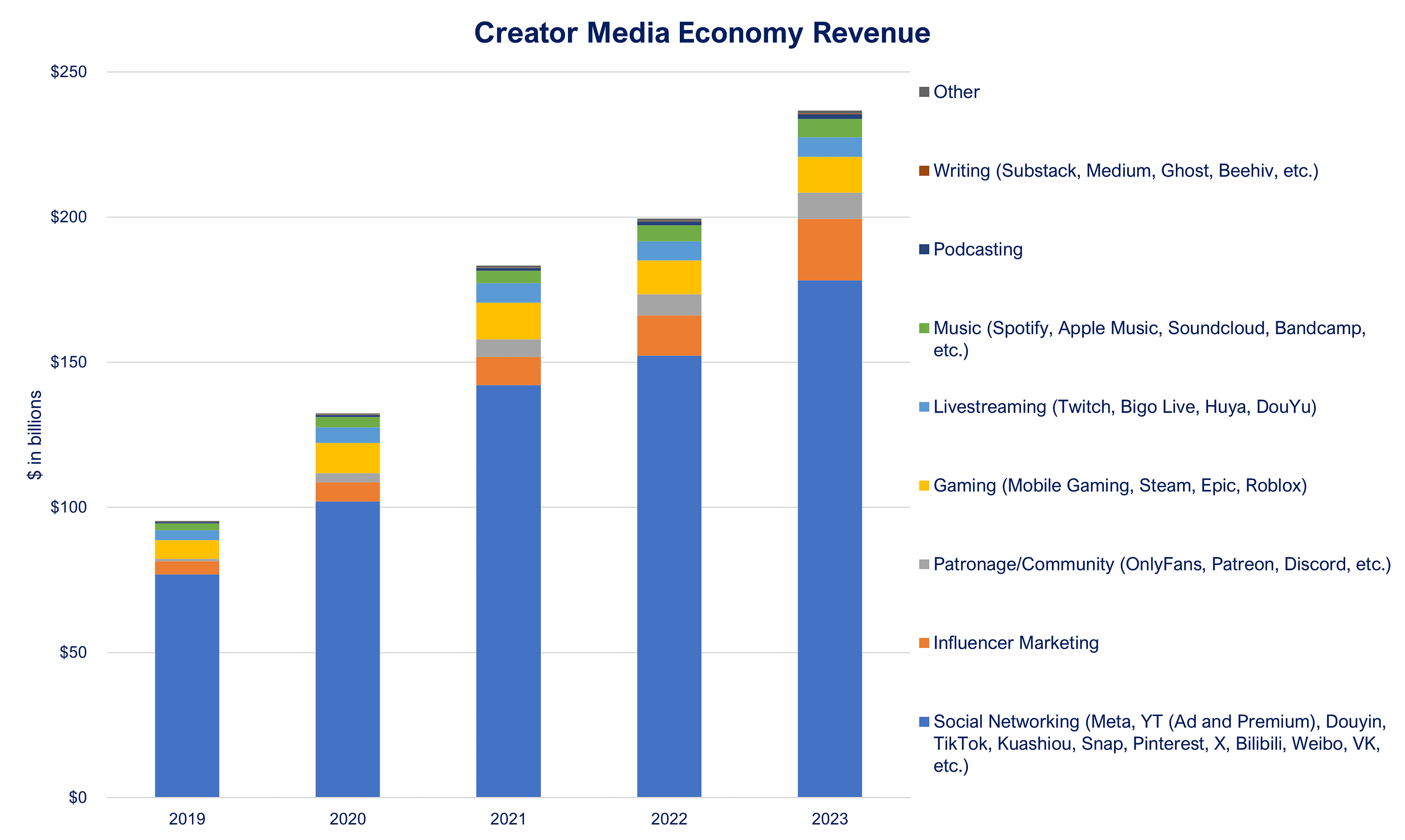

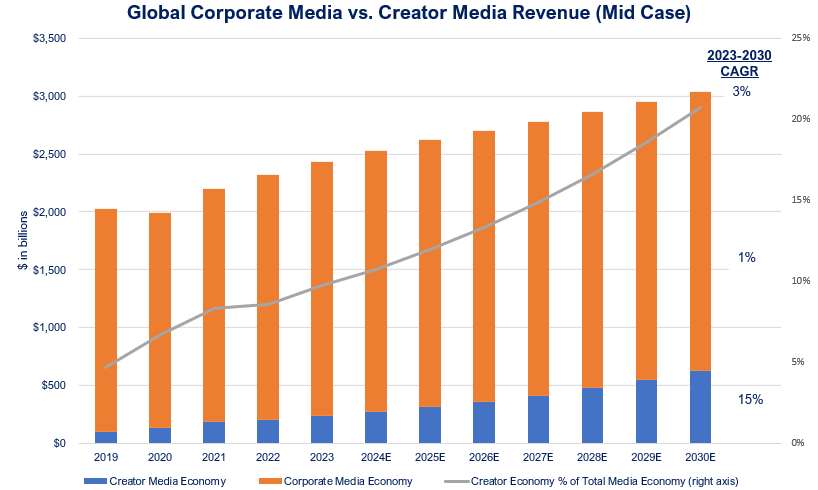


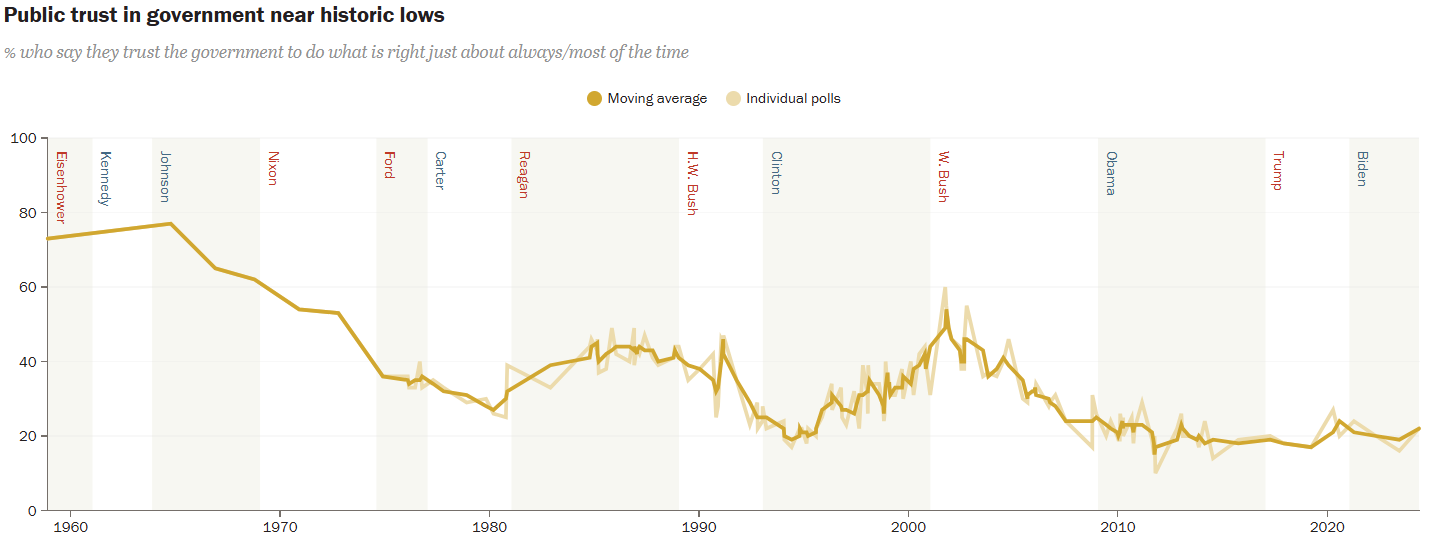
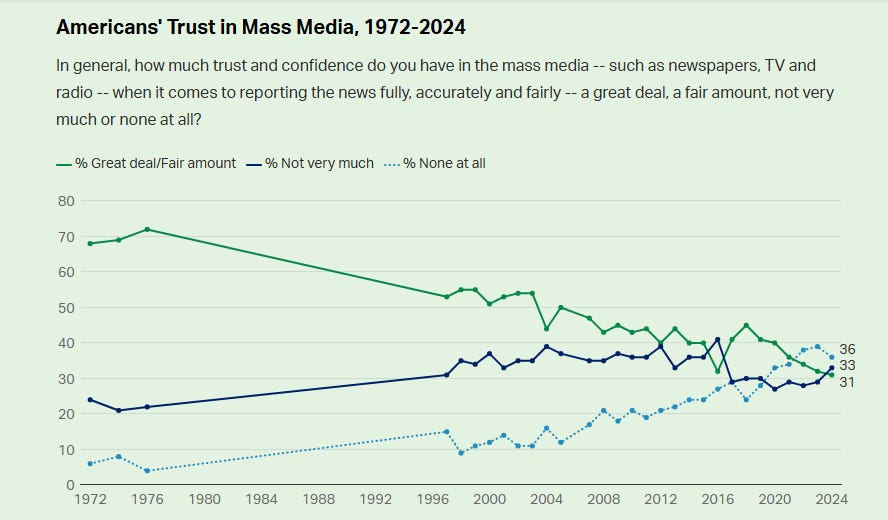


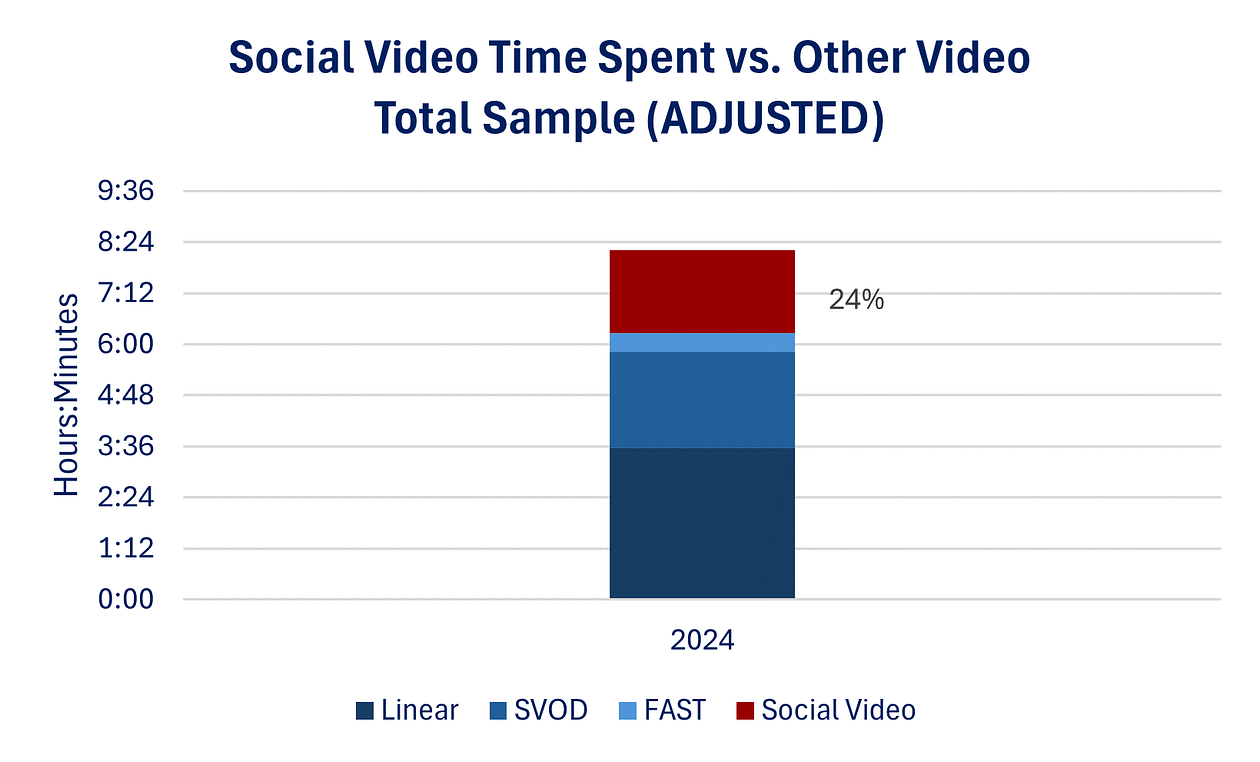
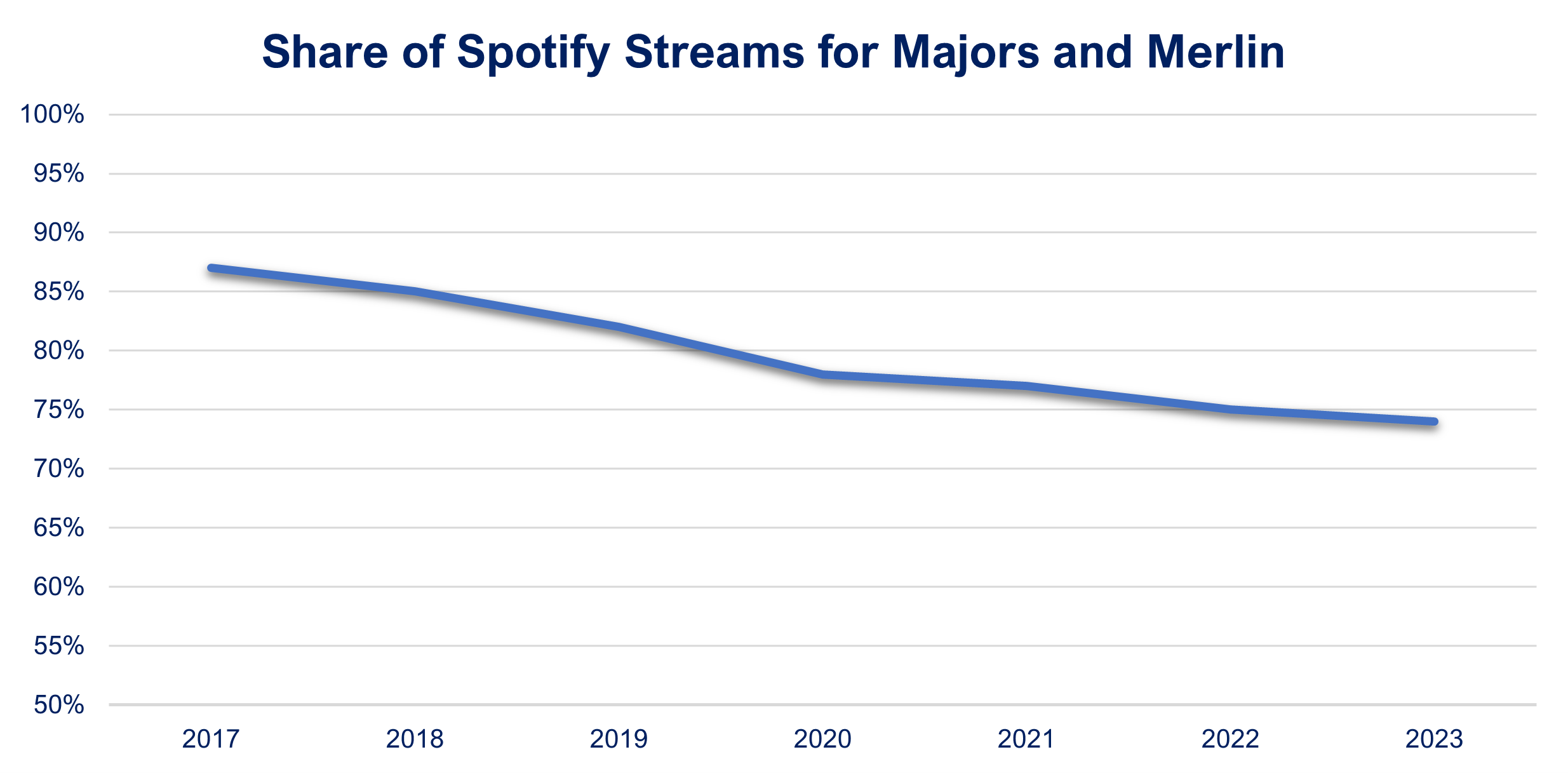
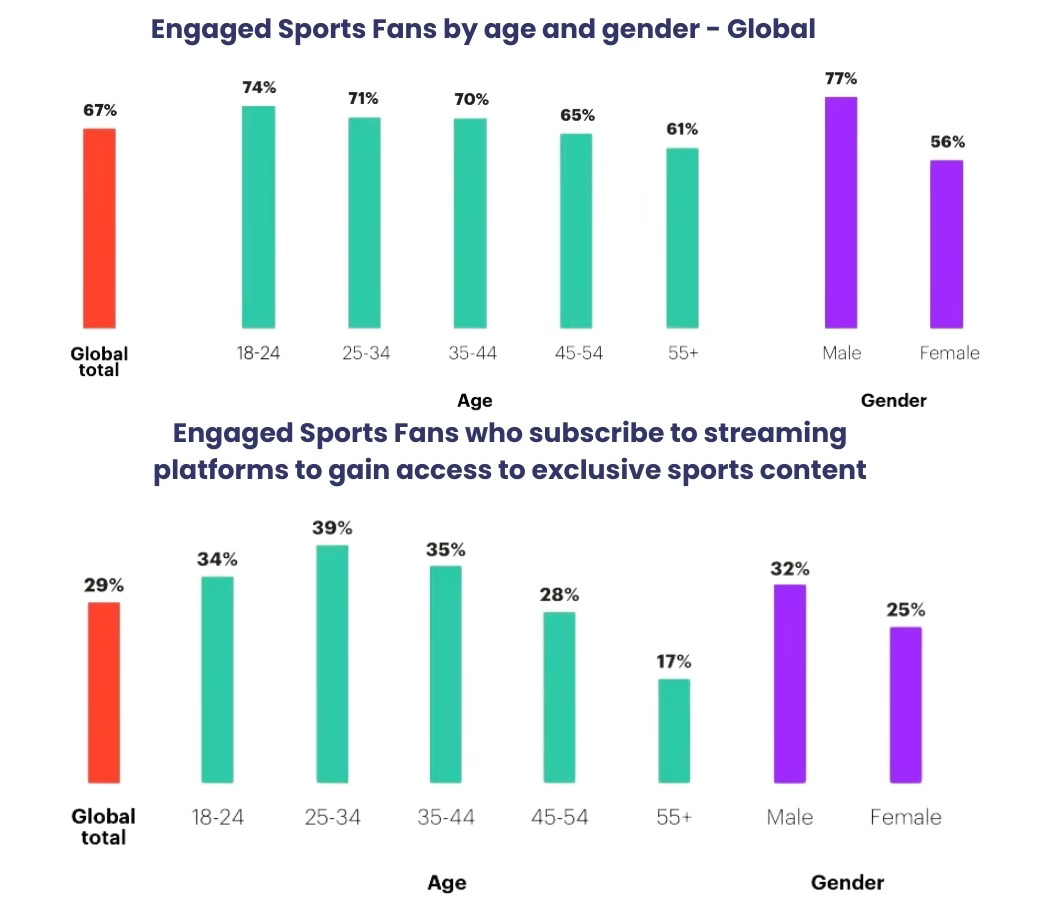
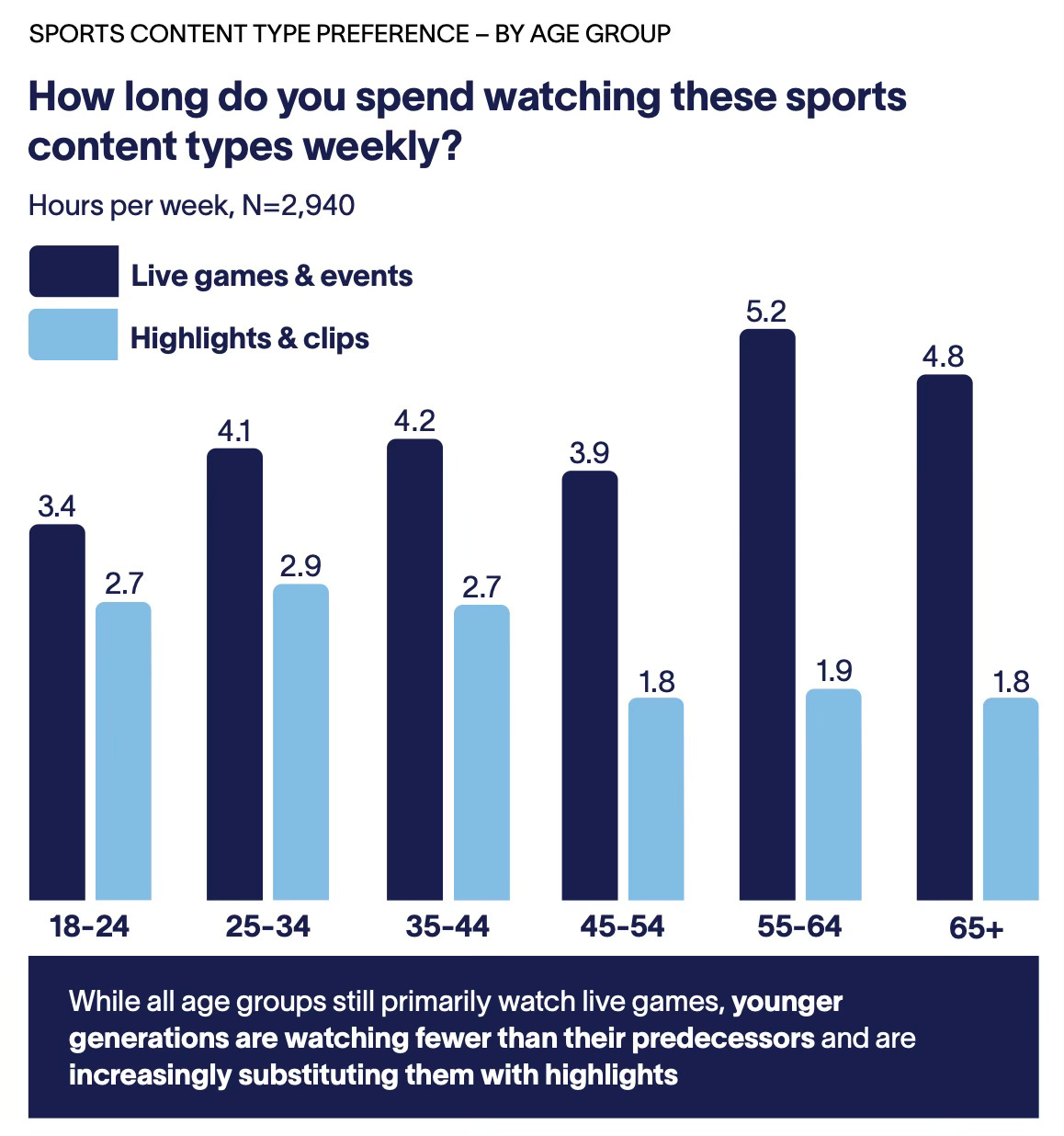
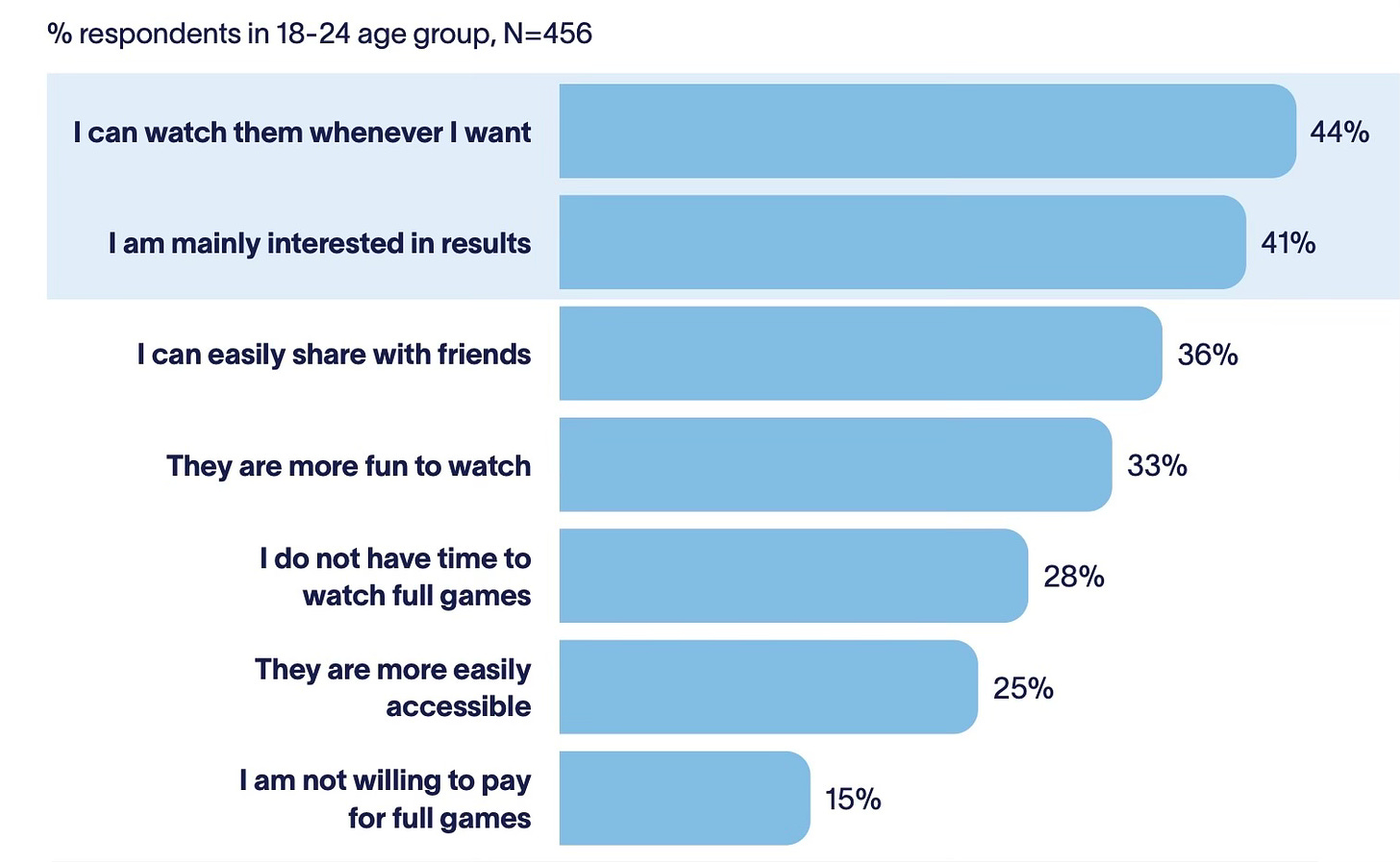
Geef een reactie